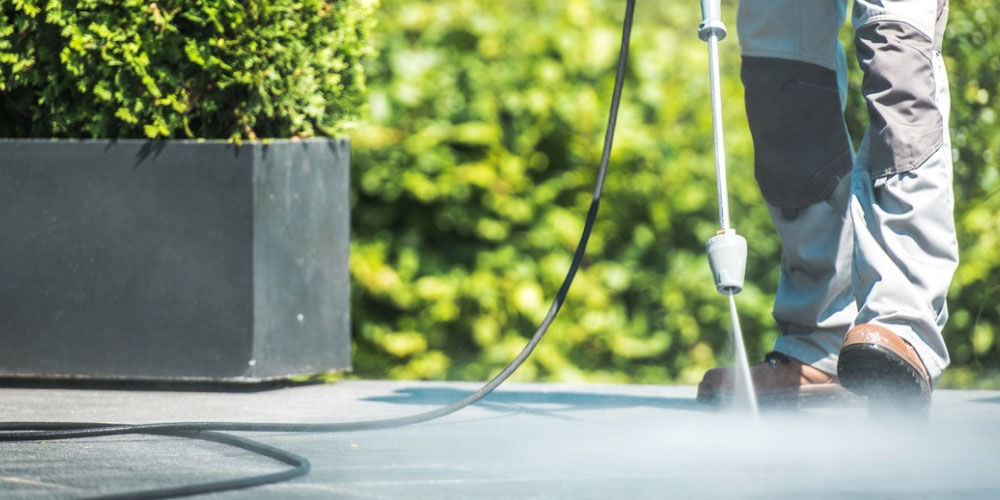Pressure washing your home can be a daunting task. There are so many things to consider: what type of equipment do you need? What is the right pressure for each surface? How do you avoid damaging your property? Don’t worry, we have you covered. In this Small Guide, we will walk you through the basics of pressure washing your home. We’ll cover everything from choosing the right equipment to avoiding damage, and give you some tips on how to get the best results. Let’s get started!
What type of equipment do you need?
There are a few different types of pressure washers available on the market, so it is important to choose the one that is best suited for your needs. For example, electric pressure washers are great for small jobs around the house, while gas-powered pressure washers are better for larger projects. If you are not sure which type of pressure washer to choose, ask a salesperson for help.
Once you have selected the right pressure washer, it is important to familiarize yourself with the machine and read the instruction manual before using it. This will ensure that you understand how to operate the machine safely and avoid damaging your property.
Now that you know what type of equipment you need and how to use it, let’s move on to choosing the right pressure for each surface.
What is the right pressure for each surface?
The amount of pressure that you use when cleaning your home will depend on the type of surface that you are cleaning. For example, delicate surfaces such as vinyl siding or stucco can be damaged by high pressure, so it is important to use a lower setting. On the other hand, tougher surfaces such as concrete or brick can handle more pressure and may require a higher setting. If you are unsure about what pressure to use, start with a lower setting and increase the pressure until you find the right balance.
Next, let’s talk about how to avoid damaging your property while pressure washing your home.
How do you avoid damaging your property?
There are a few things that you can do to avoid damaging your property while pressure washing your home.
- First, always start with a lower pressure setting and increase the pressure until you find the right balance.
- Second, be sure to hold the pressure washer at a consistent distance from the surface that you are cleaning.
- Third, move the pressure washer in a slow, steady motion to avoid leaving streaks or lines.
- And fourth, avoid using too much soap or detergent, as this can cause damage to your property.
Now that you know how to pressure wash your home without damaging it, let’s talk about some tips on how to get the best results.
Tips on how to get the best results.
Here are a few tips on how to get the best results when pressure washing your home:
- Start with a clean surface. Pressure washing your home is more effective if you start with a clean surface.
- Use the right pressure setting. As we mentioned earlier, it is important to use the right pressure setting for each surface.
- Move the pressure washer in a slow, steady motion. This will help avoid streaks or lines.
- Avoid using too much soap or detergent.
- Rinse the surface with clean water after pressure washing.
- Let the surface dry completely before walking on it or applying any type of sealant.
Follow these tips and you will be on your way to having a clean home in no time!
Conclusion:
Now that you know how to pressure wash your home without damaging it, you can get started on cleaning your property. Be sure to start with a clean surface, use the right amount of pressure, and move the pressure washer in a slow, steady motion. And if you need any help, be sure to ask a salesperson for assistance. Thanks for reading!


